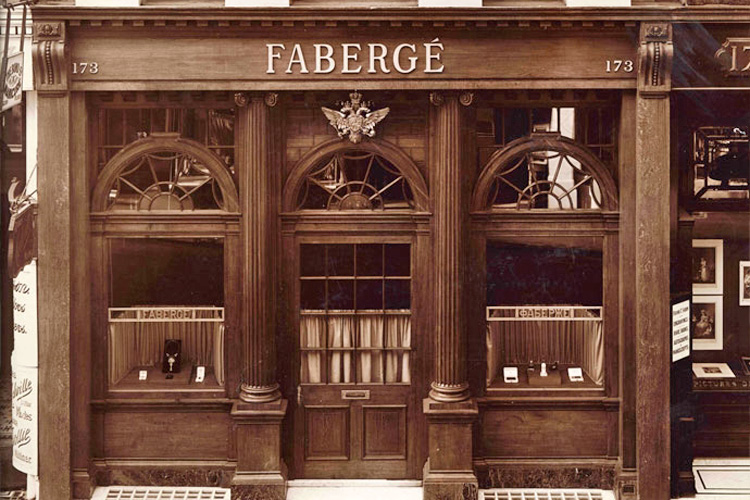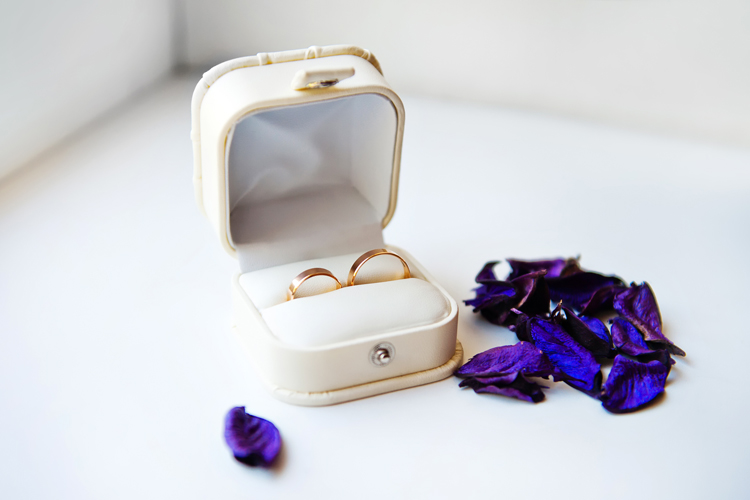The House of Fabergé was founded in 1842 in St. Petersburg, Russia, by Gustav Fabergé.
His son Peter Carl Fabergé became a jeweler and goldsmith to the great Russian Imperial Court, creating exquisite jewels and objects, including the legendary series of lavish and ingenious Imperial Easter Eggs.
In 1917, the Russian Revolution brought a violent end not only to the Romanov dynasty but also to the House of Fabergé.
The Bolsheviks seized the Fabergé workshops and their treasures, all production was closed down, and Peter Carl Fabergé and his family fled from Russia.
In a legal settlement in 1951, the Fabergé family lost the right to produce and market designs under the Fabergé name.
Yet, through decades of the 20th century, the noble Fabergé name, separated from the family despite their attempts to honor and perpetuate their legacy, showed extraordinary resilience.
Throughout, the legend has retained its mystique, charisma, and awe-inspiring romance, along with a certain enigma tied to the mystery of the whereabouts of many iconic Fabergé works of art.
History came full circle in October 2007 when Fabergé, under new ownership and direction, announced the reunification of the Fabergé name with the Fabergé family.
This opened a new chapter in the intriguing story of Fabergé and set the stage for a total revitalization of the Fabergé name and philosophy, in tune with its original values, aesthetics, and spirit.
Fabergé was re-launched on the 9th September 2009, with three Les Fabuleuses de Fabergé High Jewellery Collections – Les Fleurs, Les Fables and Les Fauves de Fabergé.




